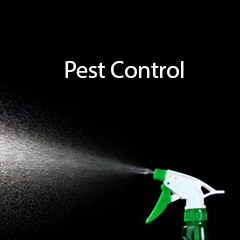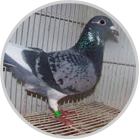House Flies are the most common bugs found in homes. These are dark gray creatures that are usually a quarter of an inch in length once they reach adulthood. These are commonly found throughout the US. Their lifespan is between 15 and 25 days.
Each female fly can lay approximately 9,000 eggs in a life time, in several batches of about 75 to 150.
They depend on warm temperatures; generally, the warmer the temperature, the faster the flies will develop
They typically feed on liquids but they can liquefy many solid food items. Their feet, which they use for tasting, are ten million times more sensitive to sugar than the human tongue.
As vectors, house flies carry over one hundred kinds of disease-causing germs including:
- Parasitic diseases: cysts of protozoa e.g. Entamoeba histolytica, Giardia lamblia and eggs of helminths, e.g., Ascaris lumbricoides, Trichuris trichiura, Hymenolepis nana, Enterobius vermicularis.
- Bacterial diseases: typhoid, cholera, dysentery, pyogenic cocci, etc. House flies have been demonstrated to be vectors of Campylobacter and E. coli O157:H7
- Viruses: enteroviruses: poliomyelitis, viral hepatitis (A & E).etc.
In order to control and prevent house flies, home owners must do the following:
- Be vigilant when it comes to sanitation.
- Remove trash regularly from the home.
- Clean up pet waste immediately.
- Use fine mesh screen doors and windows to prevent fly entry into homes.





